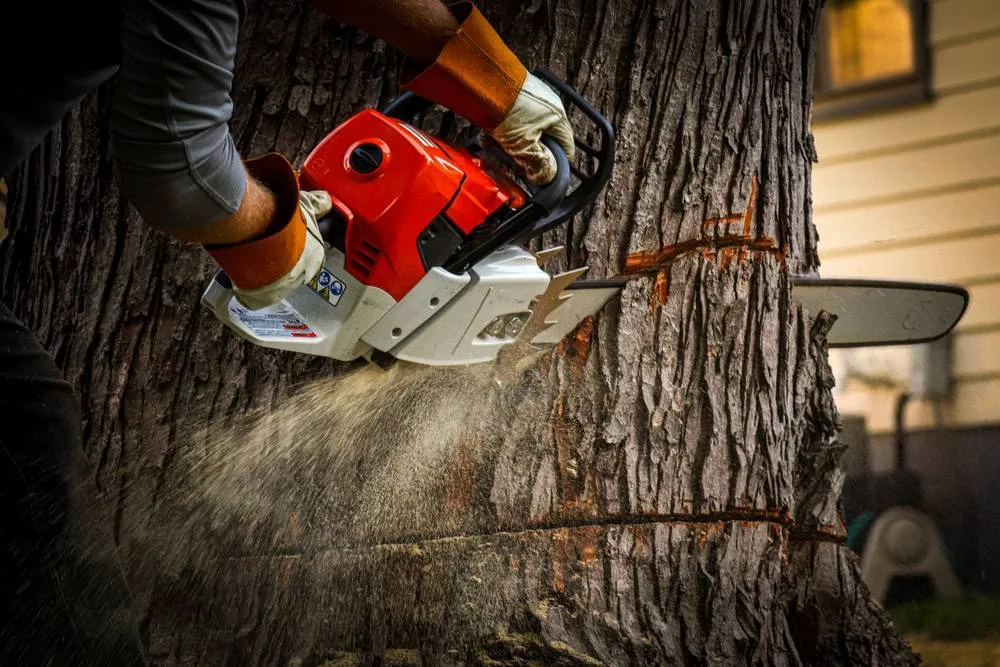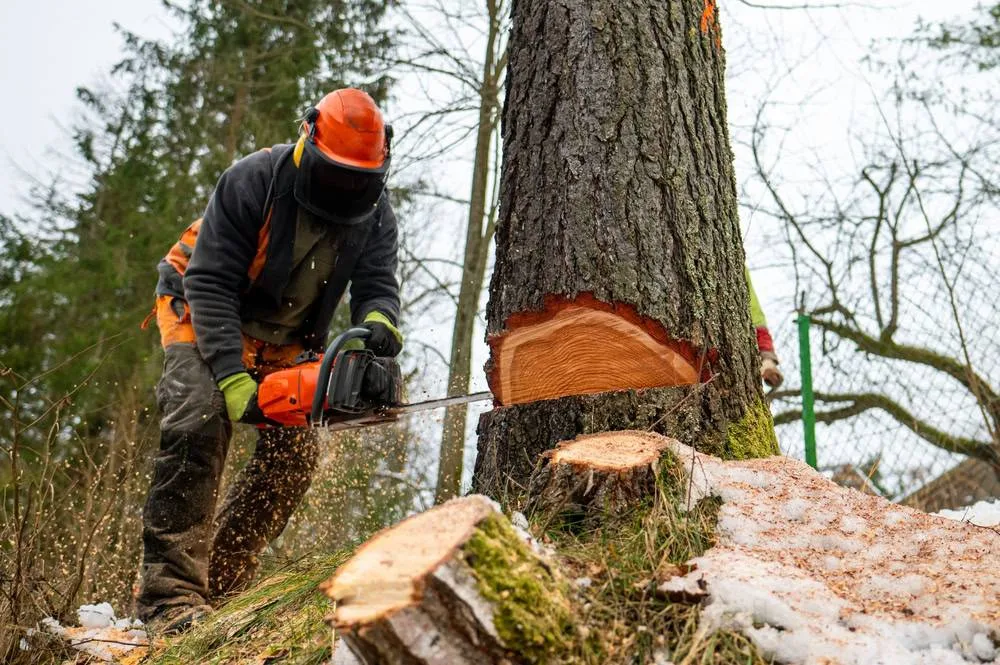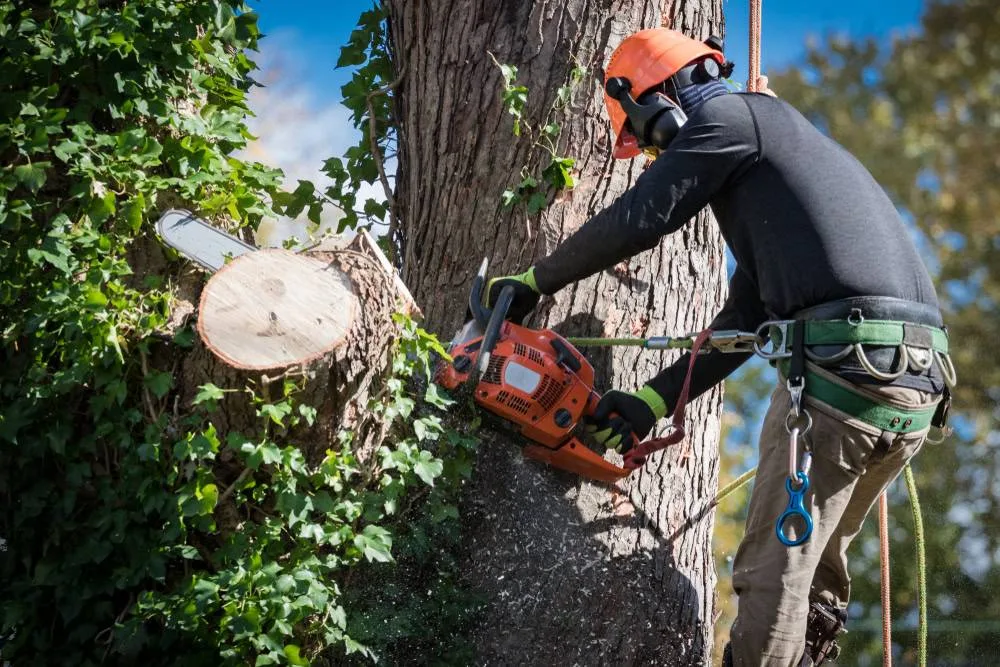Tree Services in North Sea, NY
Safe, Professional Tree Care You Can Trust
Emergency response, expert trimming, and complete tree care for North Sea homeowners who value safety and quality.

Hear from Our Customers

Professional Tree Care North Sea
You shouldn’t have to worry about that leaning oak threatening your roof or wonder if those dead branches will come down in the next storm. When trees become a safety concern instead of a beautiful asset, you need professionals who understand both the science of tree care and the urgency of your situation.
Professional tree services mean you get certified arborists who can tell the difference between a tree that needs removal and one that just needs proper pruning. You get equipment that can handle the job safely without damaging your landscaping or your neighbor’s fence. Most importantly, you get the peace of mind that comes from knowing the work is done right the first time.
Your property value stays protected. Your family stays safe. And you can actually enjoy your yard again instead of eyeing those branches every time the wind picks up.
North Sea Tree Company
Green Light Tree Services has been serving North Sea and the surrounding Long Island communities with professional tree care that homeowners actually trust. We understand the unique challenges that coastal properties face, from salt air exposure to the storm patterns that can turn healthy trees into hazards overnight.
Every crew member is trained in proper safety protocols and tree biology. We carry full insurance coverage because we know that when you’re dealing with trees near homes, power lines, and valuable landscaping, there’s no room for shortcuts or amateur work.
We’ve built our reputation on showing up when we say we will, doing exactly what we quote, and leaving properties cleaner than we found them.

Tree Service Process North Sea
Our process starts with a thorough assessment of your trees and your specific concerns. A certified arborist evaluates each tree’s health, identifies potential hazards, and explains what work is actually necessary versus what might just be nice to have. You get a written estimate that covers everything, including cleanup and debris removal.
On job day, our crew arrives with professional equipment and a clear plan. We set up protection for your landscaping, mark utility lines, and work systematically to complete the job safely. Whether it’s emergency storm damage or routine maintenance, we handle each tree with the right technique for the species and situation.
Cleanup is part of our service, not an extra charge. We haul away all debris, rake up sawdust, and leave your property ready to enjoy. You get a final walkthrough to ensure everything meets your expectations before we consider the job complete.

Ready to get started?
Complete Tree Care Services
Tree removal handles everything from emergency storm damage to planned removals of trees that have outgrown their space or become safety hazards. Our process includes proper cutting techniques, safe rigging to protect surrounding structures, and complete stump grinding when requested.
Tree trimming and pruning goes beyond just cutting branches. Our certified arborists understand how different species respond to pruning, when to trim for optimal health, and how to maintain the tree’s natural shape while removing deadwood and crossing branches that can cause future problems.
Emergency services mean you’re not waiting days for someone to respond when a tree comes down in a storm. Our crew can safely remove trees from roofs, clear blocked driveways, and handle dangerous situations that require immediate attention. All work includes complete debris removal and site cleanup, so you’re not left dealing with piles of branches and sawdust.
